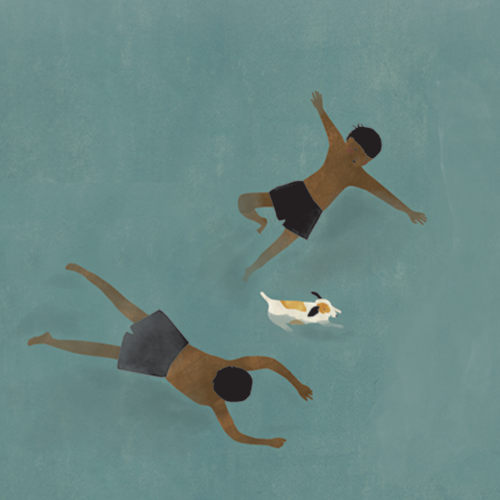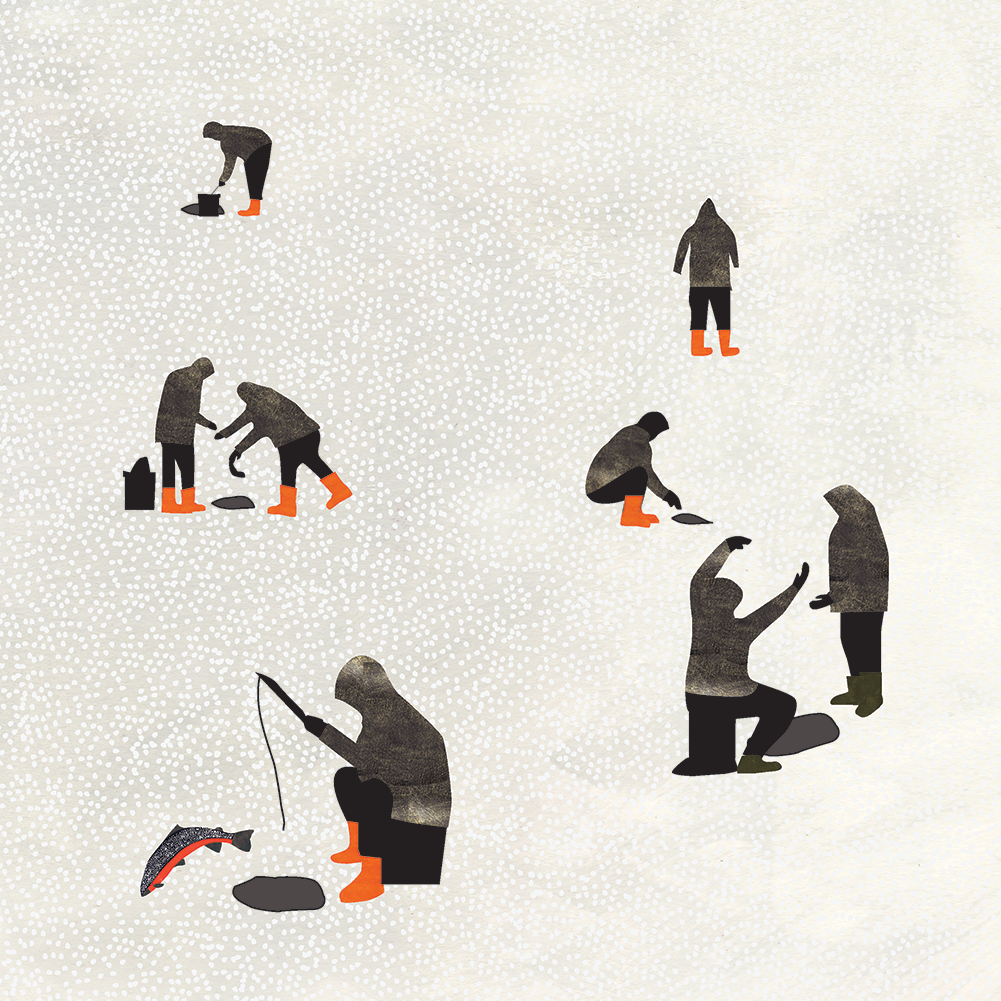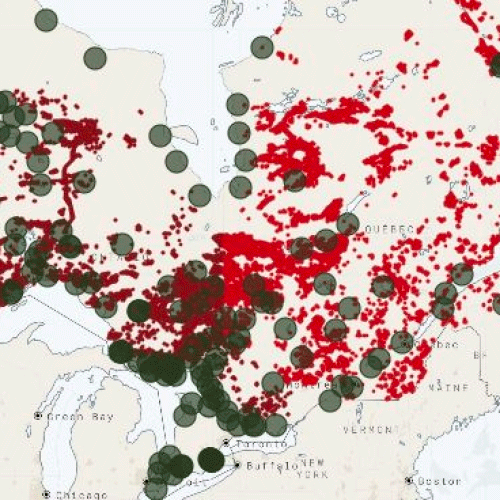CONCLUSION
The Continuation of Life
Can Indigenous people really save the planet?
CONCLUSION

The Continuation of Life
Can Indigenous people really save the planet?
This final section grapples with the consequences of environmental racism and destruction more broadly, and points to the restoration of Indigenous land use and management as a partial solution to the climate crisis.
The stakes of this struggle are immense.
Of course, while Indigenous land and life are the focus here, the life of our species and of the planet are at risk from the type of economic philosophy and practices perpetuated by colonialism and settler colonialism. So much so that in May 2019, the UN’s Global Assessment Report on Biodiversity and Ecosystem Services found that human activities are rapidly stripping the planet of biodiversity, contributing to the ecological devastation wrought by climate change. One million species are at risk of extinction. While an apocalyptic future certainly awaits without transformational change, the report—the largest of its kind ever produced—finds some hope in the land management practices of Indigenous peoples globally.
To support Indigenous land back, states could undertake the following steps:
01.
Advancing knowledge co-production and recognizing different types of knowledge, including Indigenous and local knowledge and education, that enhance the legitimacy and effectiveness of environmental policies.
02.
Promoting and strengthening community-based management and governance, including customary institutions and management systems, and co-management regimes involving Indigenous peoples and local communities.
“The long-term stewardship of the land allows Indigenous people to constantly reassess, plan, and adapt. This is in contrast to the relatively narrow, short-term view of Western environmental policies and practices.”
– Land Back: A Yellowhead Institute Red Paper, page 64
03.
Recognition of land tenure, access, and resource rights in accordance with national legislation, the application of free, prior, and informed consent, improved collaboration, and fair and equitable sharing of benefits arising from the use, and co-management arrangements with local communities.
The matter of land back is not merely a matter of justice, rights or “reconciliation”; like the United Nations, we believe that Indigenous jurisdiction can indeed help mitigate the loss of biodiversity and climate crisis. In the Canadian context, the practices and philosophies profiled here as case studies contain answers to global questions. Canada – and states generally must listen.
That being said, the international system of states has a poor record working with Indigenous peoples and nations. A substantial section of the Red Paper chronicles this poor record in the Canadian context. So, regardless of state collaboration, we conclude with a call for all to invest in Indigenous philosophy and jurisdiction to find some hope for our collective future.
To read the full conclusion, download the Land Back report.

